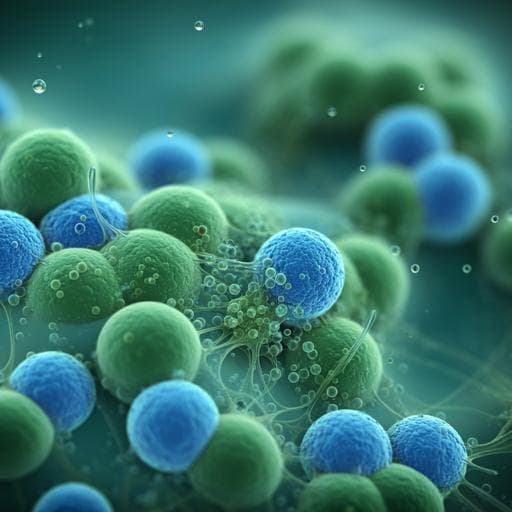
Environmental Studies and Forestry
Impact of temperature and water source on drinking water microbiome during distribution in a pilot-scale study
F. Waegenaar, T. Pluym, et al.
This research explores how varying temperatures and water sources affect the drinking water microbiome over 137 days. Higher temperatures lead to increased bacterial cell densities, while the source of water plays a crucial role in community composition. Conducted by Fien Waegenaar, Thomas Pluym, Laura Coene, Jozefien Schelfhout, Cristina García-Timermans, Bart De Gusseme, and Nico Boon, these findings emphasize the significance of water source quality for biological stability in drinking water systems.
~3 min • Beginner • English
Related Publications
Explore these studies to deepen your understanding of the subject.







